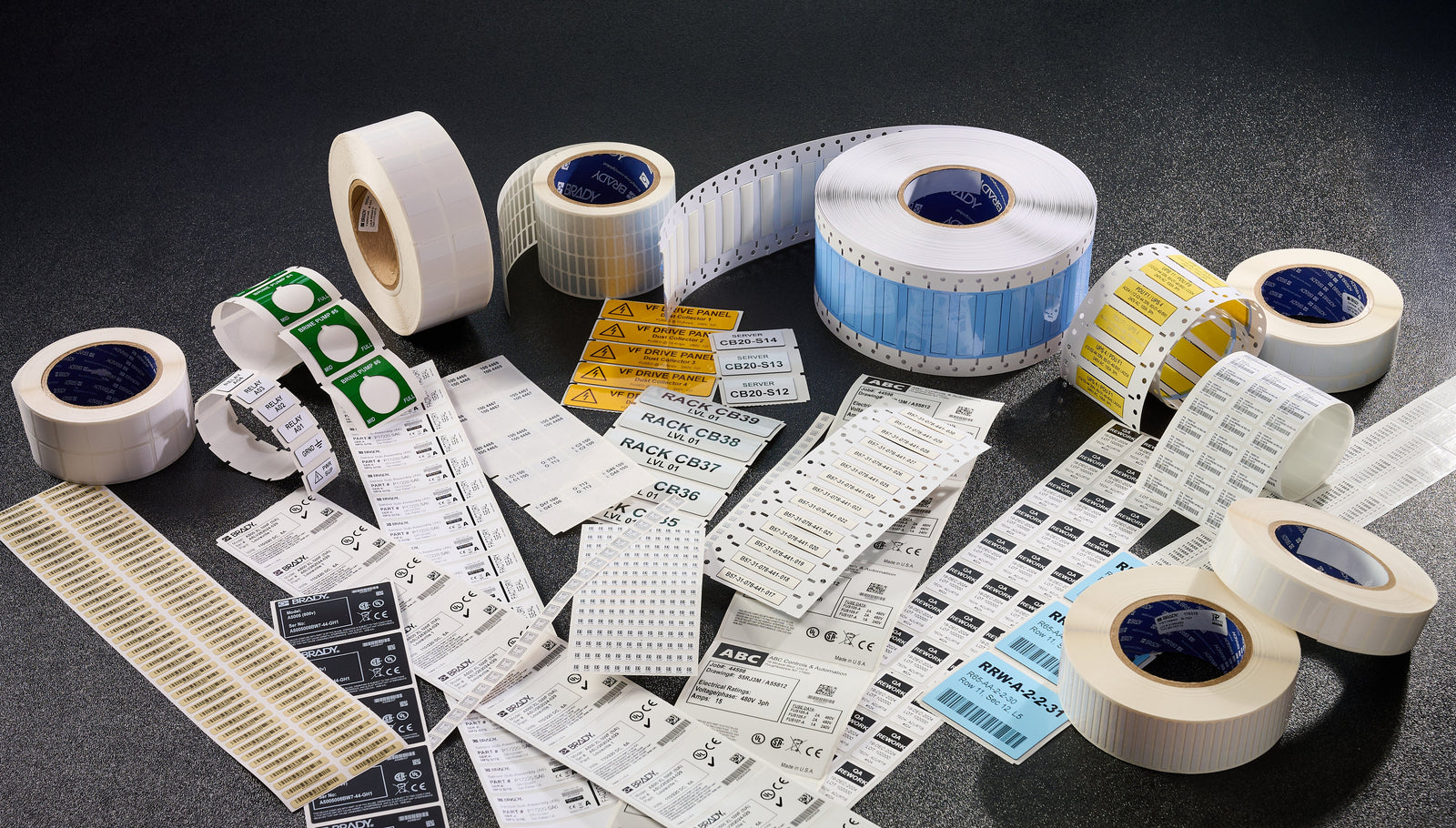Labels are a critical component in many industries, from logistics to retail. To ensure your labels remain at their best and perform their function, proper storage is crucial. Here are some tips for storing your labels, broken down by season: summer and winter.
Summer storage
In summer, high temperatures and humidity can affect the quality of your thermal transfer labels. Here are some important points to consider:
- Cool storage : Store the labels in a cool, dry place. Ideally, temperatures between 18°C and 24°C are acceptable.
- Control humidity : Keep the humidity below 60% to avoid sticking or warping of the labels.
- Avoid direct sunlight : Do not store the labels in direct sunlight as this may affect the adhesive properties and print quality.
-
Regular inspection : Check the condition of the labels and storage conditions regularly to be able to react to changes in a timely manner.
Winter storage
In winter, low temperatures and dry air can also pose challenges for storing thermal transfer labels. Here are some winter storage tips:
- Temperature control : Store the labels at temperatures between 15°C and 22°C. Avoid extreme cold, as this may impair the adhesive properties.
- Keep an eye on humidity : Even in winter, humidity should be between 40% and 60%. Air that's too dry can make labels brittle.
- Protection from cold : Do not store the labels in unheated rooms or near external walls where they may be exposed to extreme temperature fluctuations.
-
Slow acclimatization : When moving labels from a cold environment to a warmer one, allow them to acclimatize slowly to avoid condensation.
Conclusion
Proper label storage is crucial for their longevity and functionality. By following the tips above for summer and winter, you can ensure your labels always remain in top quality and reliably perform their tasks.

